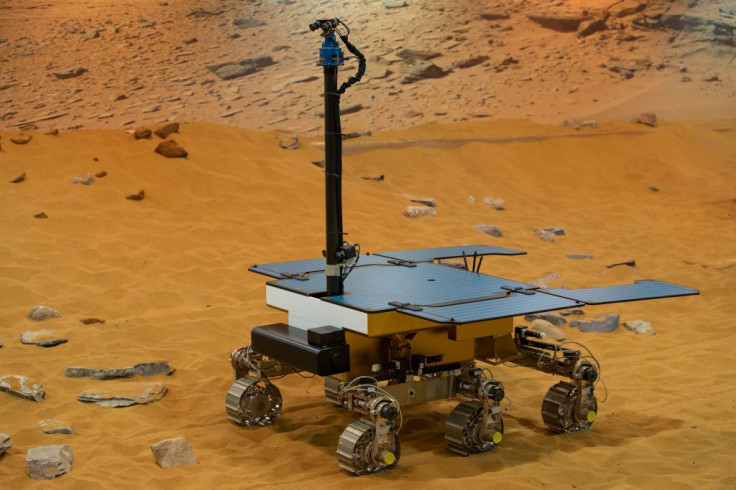Life On Mars: How Chilean Desert Microbes Provide Clues To Aliens Lurking Underneath Mars

Mars rovers drilling for signs of life may actually yield results, a new study suggests.
During a trial mission to find signs of life, an autonomous robotic rover has succeeded in digging up subsurface soil samples in the most Mars-like environment on Earth, Chile's cold and dry Atacama Desert. After examination, the samples dug up by the rover were found to contain unusual and highly specialized microbes that could aid the hunt for signs of life during future Mars missions.
Stephen Pointing, a Professor at Yale-NUS College, Singapore, explained just how significant this finding is in our search for life in Mars.
"We have shown that a robotic rover can recover subsurface soil in the most Mars-like desert on Earth," Pointing, who headed the microbial research, said in a statement. "This is important because most scientists agree that any life on Mars would have to occur below the surface to escape the harsh surface conditions where high radiation, low temperature and lack of water make life unlikely."
The robotic rover was equipped with a drill-and-sampling device that was designed by the Robotics Institute at Carnegie Mellon University in Pittsburgh and funded by NASA. This allowed the Atacama rover to dig up samples up to 31.5 inches (80 centimeters) beneath the dry and hard surface.
Pointing and his colleagues compared the material obtained by the rover to samples collected by hand. Using DNA sequencing, the researchers found that both methods produced similar results. According to Pointing, the microbes adapted to high salt levels, which scientists are expecting to find beneath Mar's surface.
According to the study published in Frontiers in Microbiology, scientists found that the microbes were distributed in patches, likely due to limited water availability, scarce nutrients and chemistry of the soil, according to the researchers.
Study lead author Kim Warren-Rhodes and co-author Nathalie Cabrol, both of the SETI (Search for Extraterrestrial Intelligence) Institute in Mountain View, California, explained that their findings follow the "basic ecological rule" that microbes are distributed in patches when exposed to the most extreme environments on Earth. This could imply that any life on other planets or objects will also be patchy.
"While this will make detection more challenging, our findings provide possible signposts to guide the exploration for life on Mars, demonstrating that it is possible to detect life with smart robotic search and sampling strategies," the two researchers jointly said in a statement.
Two upcoming Mars missions will employ the same strategy next year. NASA's 2020 rover and the European-Russian ExoMars rover, dubbed Rosalind Franklin, will be launched by next year and begin the search for ancient life on the Red Planet by 2021.
© Copyright IBTimes 2024. All rights reserved.





















